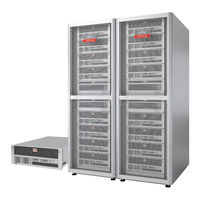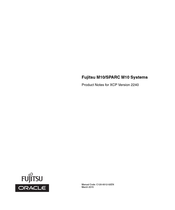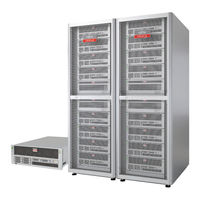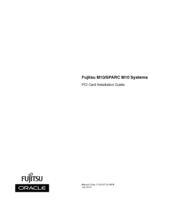Fujitsu M10 Series Manuals
Manuals and User Guides for Fujitsu M10 Series. We have 5 Fujitsu M10 Series manuals available for free PDF download: Installation Manual, Product Notes, Installation Planning Manual
Advertisement
Advertisement
Advertisement




